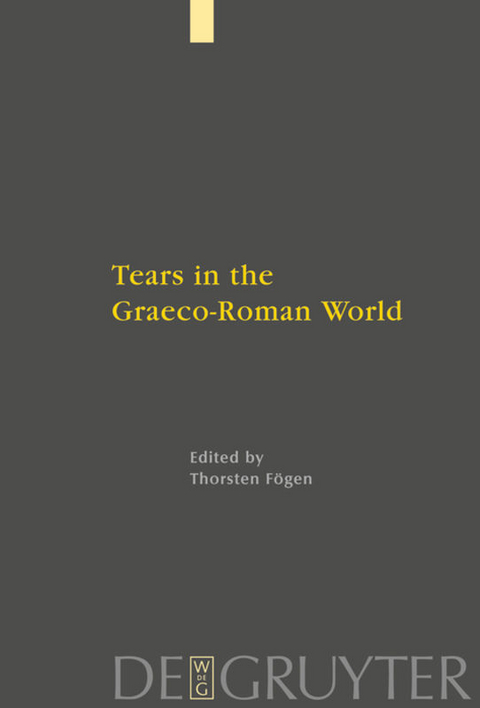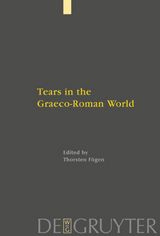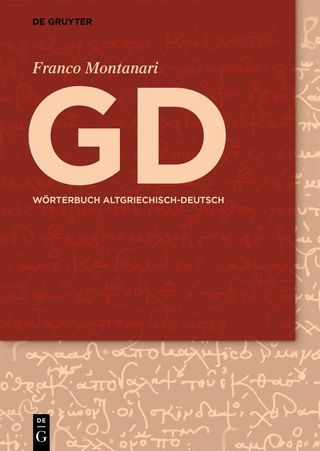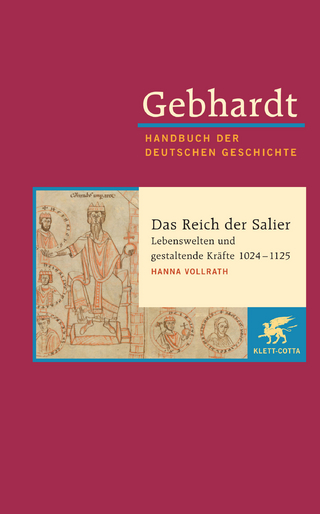Tears in the Graeco-Roman World
This volume presents a wide range of contributions that analyse the cultural, sociological and communicative significance of tears and crying in Graeco-Roman antiquity. The papers cover the time from the eighth century BCE until late antiquity and take into account a broad variety of literary genres such as epic, tragedy, historiography, elegy, philosophical texts, epigram and the novel. The collection also contains two papers from modern socio-psychology.
Thorsten Fögen, Humboldt-Universität zu Berlin, Germany.
Thorsten Fögen: Introduction; Sabine Föllinger: Tears and Crying in Archaic Greek Poetry (especially Homer); Douglas L. Cairns: Weeping and Veiling. Grief, Display and Concealment in Ancient Greek Culture; Ann C. Suter: Tragic Tears and Gender; Roland Baumgarten: Dangerous Tears? Platonic Provocations and Aristotelic Answers; Donald Lateiner: Tears and Crying in Hellenic Historiography: Dacryology from Herodo-tus to Polybius; Darja Sterbenc Erker: Women's Tears in Ancient Roman Ritual; Christina A. Clark: Tears in Lucretius; Thorsten Fögen: Tears in Propertius, Ovid and Greek Epistolographers; Loretana de Libero: "Precibus ac lacrimis". Tears in Roman Historiographers; Margaret Graver: The Weeping Wise. Stoic and Epicurean Consolations in Seneca's 99th Epistle; Helmut Krasser: Statius and the Weeping Emperor (Silv. 2.5). Tears as a Means of Communication in the Amphitheatre; Donald Lateiner: Tears in Apuleius' "Metamorphoses"; Anthony Corbeill: Weeping Statues, Weeping Gods and Prodigies from Republican to Early-Christian Rome; David Konstan: Meleager's Sweet Tears. Observations on Weeping and Pleasure; Stefan Schorn: Tears of the Bereaved. Plutarch's "Consolatio ad uxorem" in its Context; Ilaria Ramelli: Tears of Pathos, Repentance and Bliss. Crying and Salvation in Origen and Gregory of Nyssa; Charles Pazdernik: Fortune's Laughter and a Bureaucrat's Tears. Sorrow, Supplication and Sovereignty in Justinianic Constantinople; Arvid Kappas: Mysterious Tears. The Phenomenon of Crying from the Perspective of Social Neuroscience; Ad J. J. Vingerhoets, Lauren Bylsma & Jonathan Rottenberg: Crying. A Biopsychosocial Phenomenon
"Der vorliegende Band bietet eine wertvolle systematische Übersicht über ein Thema, das zuvor im Gegensatz zu Humor und Gelächter nur punktuell erforscht wurde."
Judith Hindermann in: Museum Helveticum Universität Basel Vol. 67 Fasc. 4 (2010)
"En definitiva, estamos ante una obra completa y exhaustiva que nos aporta diversas visiones e interpretaciones de autores y épocas sobre un tema en el Mundo Antiguo que, según queda demostrado, requería una mayor profundización: las lágrimas."
Jorge Tárrega in: BMCR 2010.10.14
"Insgesamt besticht der vorliegende Band [...] durch seine Ausgewogenheit und die Aktualität der in ihm vertretenen Forschungsansätze."
Judith Hagen in: H-Soz-u-Kult, 22.03.2010
| Erscheint lt. Verlag | 19.8.2009 |
|---|---|
| Zusatzinfo | 4 b/w ill. |
| Verlagsort | Berlin/Boston |
| Sprache | englisch |
| Maße | 155 x 230 mm |
| Gewicht | 825 g |
| Themenwelt | Geschichte ► Allgemeine Geschichte ► Altertum / Antike |
| Geisteswissenschaften ► Geschichte ► Regional- / Ländergeschichte | |
| Geisteswissenschaften ► Sprach- / Literaturwissenschaft ► Latein / Altgriechisch | |
| Geisteswissenschaften ► Sprach- / Literaturwissenschaft ► Literaturwissenschaft | |
| Geisteswissenschaften ► Sprach- / Literaturwissenschaft ► Sprachwissenschaft | |
| Schlagworte | Antike • Antike, Literatur • Crying (literature) • Crying (literature); Tears (literature); Dacryology (literature); Grief (literature) • Dacryology (literature) • Dakryologie • Grief (literature) • Hardcover, Softcover / Klassische Sprachwissenschaft, Literaturwissenschaft • Literarisches Motiv • Tears (literature) • Tränen • Tränen /i.d.Literatur • Trauer /i.d.Literatur • Weinen /i.d.Literatur |
| ISBN-10 | 3-11-020111-9 / 3110201119 |
| ISBN-13 | 978-3-11-020111-6 / 9783110201116 |
| Zustand | Neuware |
| Haben Sie eine Frage zum Produkt? |
aus dem Bereich




